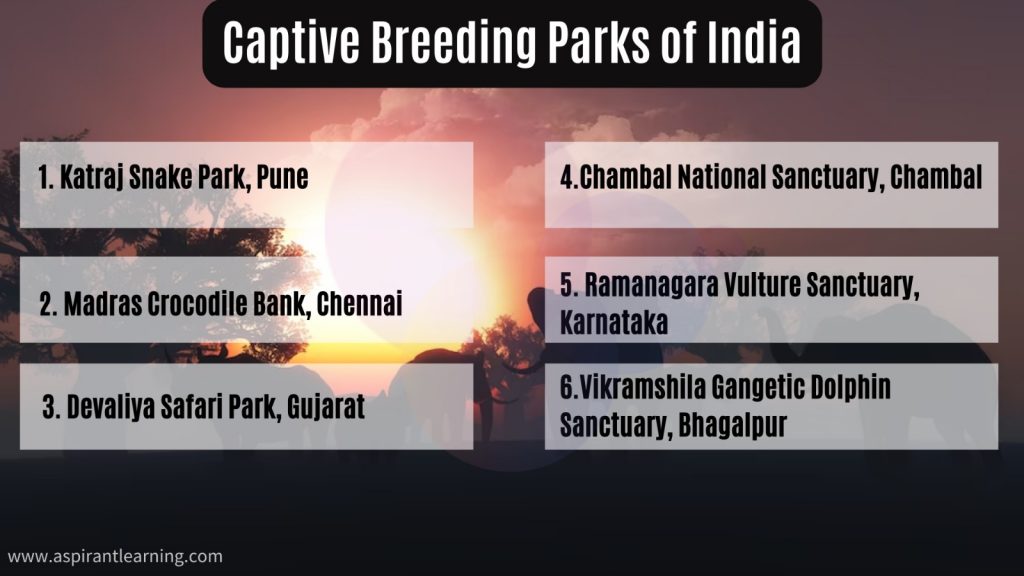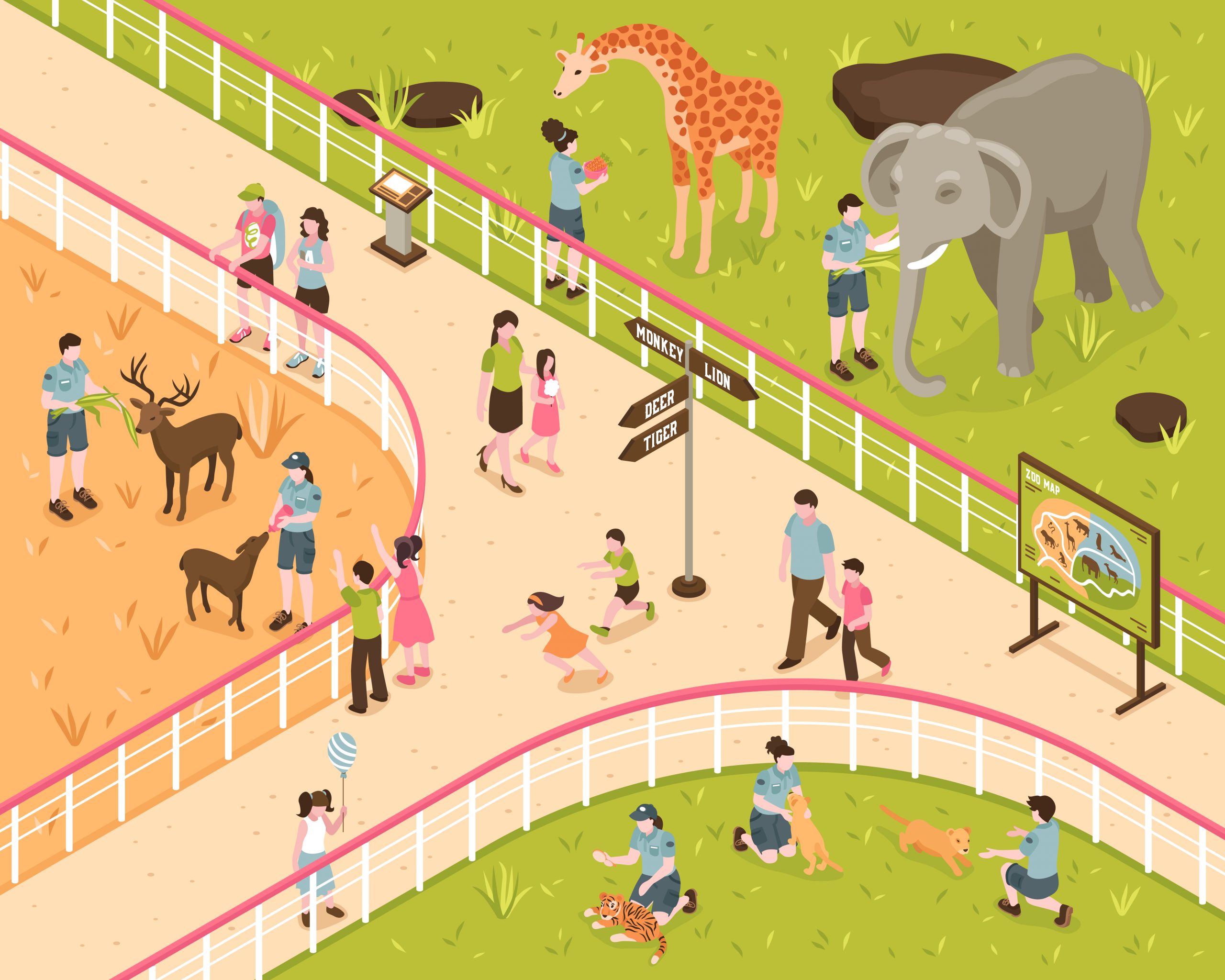News Highlights:
- The Supreme Court has increased the jurisdiction and powers of a high-powered committee led by its former judge, Justice Deepak Verma, to conduct necessary checks and undertake fact-finding exercises concerning the import, transfer, procurement, rescue and rehabilitation of wild animals, including those in captivity, across India.
- The ambit of the committee was earlier restricted to Tripura and Gujarat, but now it has been extended to cover the whole of India.
High-Powered Committee on Wild Animals:
- Overview:
- It is set up under the chairmanship of former judge Justice Deepak Verma.
- Mandate: To consider approval, dispute, or grievance concerning the transfer or import of wild animals into India or their procurement or welfare by any rescue or rehabilitation centre or zoo.
- All State and Central authorities shall report the seizure of wild animals or abandonment of captive wild animals to the Committee.
- The Committee shall be at liberty to recommend the transfer of ownership of captive animals or seized wild animals to any willing rescue centre or zoo for their immediate welfare, care, and rehabilitation.
Captive Breeding:
- About:
- Captive breeding occurs when members of a wild species are captured, bred, and raised in a special facility under the supervision of wildlife biologists and other experts.
- In these cases, bringing an animal into captivity may represent the last chance to save a species in the wild.
- When a population is in danger of dwindling, captive breeding can help.
- Captive-produced young can sometimes be released into the wild where populations have declined or disappeared, but suitable habitat remains.
- When all the existing habitats are of poor quality or other environmental problems, arise, a captive population can be maintained until the problems are resolved or another suitable habitat for the animal in the wild is found.
- Purpose of Captive Breeding:
- To breed animals for commercial purposes (pets, food, fibre, medicine, and other human uses).
- To produce animals for zoos, aquariums, research institutions, and other public facilities.
- To increase the number of threatened or endangered species in captivity.
- In some cases, these individuals are part of a management programme to reintroduce captive-bred animals into wild habitats and populations eventually.
- Situations which necessitate Captive Breeding:
- To protect endangered species
- Disease transmission
- Predation that is excessive
- Overhunting by Humans
- A chance to reintroduce a species into the wild

Major Issues Related to Captive Wild Animals in India:
- Lack of Adequate Facilities:
- Many zoos and rescue centres in India lack the necessary facilities and resources to care for captive animals properly.
- Besides food poisoning, zoo animals also suffer due to animal-human conflict and lack of veterinary care for diseases like hepatitis, tick fever etc.
- According to CAG audit report 2020 reveals glaring gaps in animal health care in Bengaluru and other state zoos.
- The Delhi Zoo alone has lost around 450 animals, including tigers and lions, due to health reasons.
- Illegal Trade:
- There is a thriving illegal trade in wild animals in India, with many animals being captured and sold for their fur, skin, or use in traditional medicine.
- This has led to a decline in many species, and many captive animals are believed to have been illegally acquired.
- Examples: Pangolins and Indian star tortoises are illegally traded in India for their meat, skin, or as pets, contributing to the decline of their populations.
- Inadequate Rehabilitation:
- Many rescued animals are not adequately rehabilitated before being released back into the wild.
- This can lead to problems with their survival and adaptation to their natural habitat.
Conclusion
- Improved Regulations:
- The Wildlife Protection Act of 1972 is a crucial regulation for protecting wildlife in India.
- However, this law must be strengthened and updated to keep up with changing conditions.
- Protecting Natural Habitats:
- Protecting the natural habitats of wild animals is crucial for their survival.
- This includes preventing deforestation, poaching, and other threats to their natural habitats.
- Multisectoral Collaboration:
- Collaboration between government agencies, NGOs, and other stakeholders is crucial for improving the welfare of captive wild animals in India.
- By working together, they can identify and implement effective solutions to these animals’ problems.
Pic Courtesy: Freepik
Content Source: The Hindu



